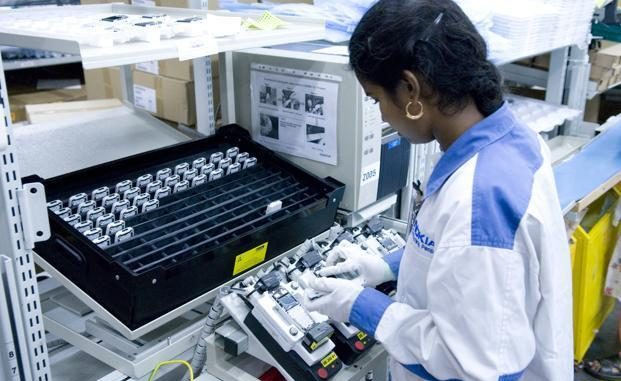
India is among the countries that have the widest gender gaps at 52.1 points (the difference between the share of men and women who are either employed or are looking for jobs as a percentage of the population), along with neighbours Pakistan (57.1) and Sri Lanka 44.6. Despite high growth rate, India’s female labour force participation rate (FLFP) has remained low. International Labour Organisation (ILO) had in 2013 ranked India’s FLFP rate at 121 out of 131 countries.
The report, World Employment and Social Outlook (WESO): Trends for Women 2017, released in Geneva on Thursday, estimates that if the goal set by G20 leaders in 2014 to reduce the gap in participation rates between men and women by 25 per cent by 2025 is realised, it could add $5.8 trillion to the global economy.
“This could also unlock large potential tax revenues. For example, global tax revenue could increase by $1.5 trillion, most of it in emerging ($990 billion) and developed countries ($530 billion),” with North Africa, the Arab states and South Asia seeing the greatest benefits, it adds.
The global labour force participation rate for women in 2017 stood at just over 49 per cent, nearly 27 percentage points lower than that for men, and is forecast to remain unchanged in 2018, says the report.
“The fact that half of women worldwide are out of the labour force when 58 per cent of them would prefer to work at paid jobs is a strong indication that there are significant challenges restricting their capabilities and freedom to participate,” said Deborah Greenfield, ILO Deputy Director-General for Policy, in a release issued from Geneva.
The report called for policies that remove constraints that women face in choosing to enter the labour market and address the barriers they are confronted with once they are in the workplace.
Globally, the unemployment rate for women stands at 6.2 per cent in 2017, representing a gap of 0.7 percentage points from the male unemployment rate of 5.5 per cent.
In 2018, both rates of unemployment are expected to remain relatively unchanged, said the report, estimating that the gap would, therefore, remain at its current level.
Source: Hindu Business Line

Leave a Reply